
Superhuman
Developer: WeirdWorld
Browse our collection of adult games tagged with "Footjob Porn Games".

Developer: WeirdWorld
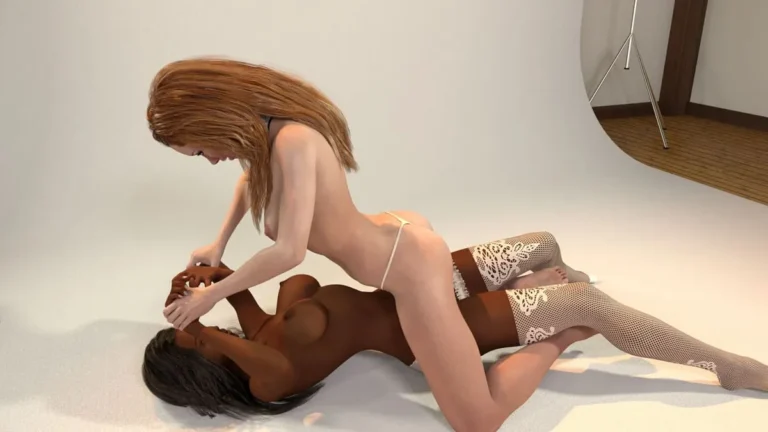
Developer: CheekyGimp
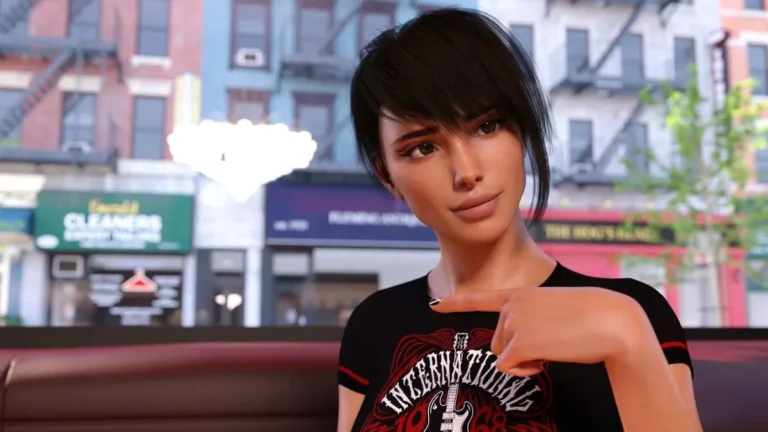
Developer: ChainZero

Developer: DrMolly

Developer: BootyProfessor
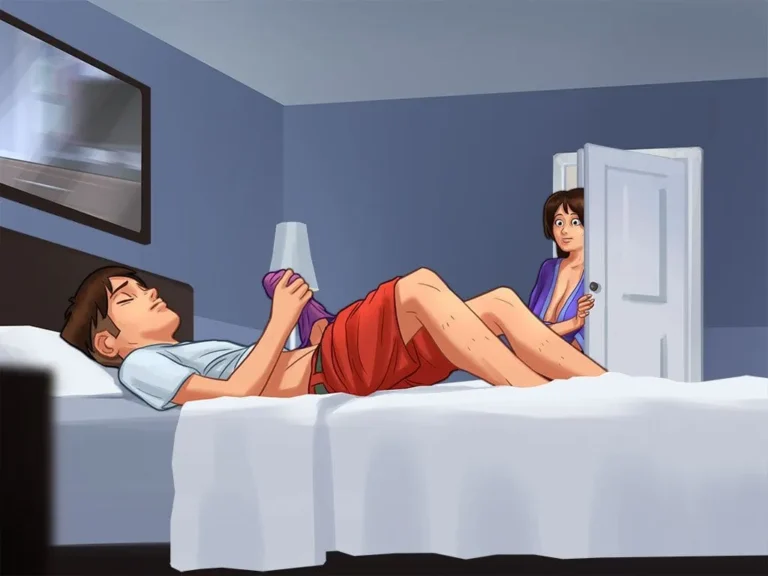
Developer: Kompas Productions
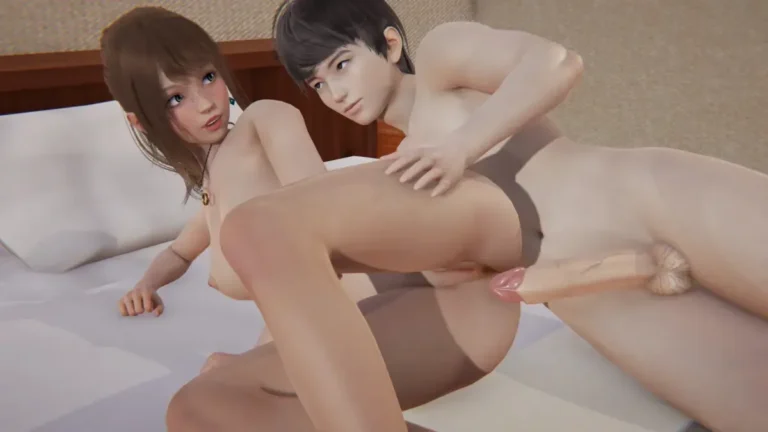
Developer: Berkili4

Developer: Sylventhia
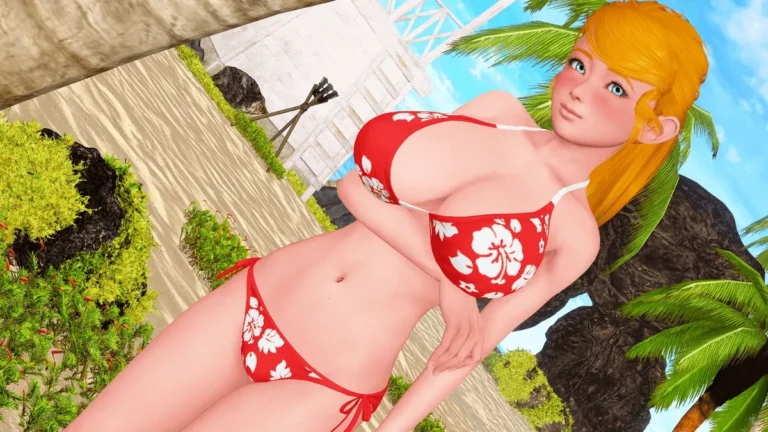
Developer: Stawer

Developer: WifeTrainer
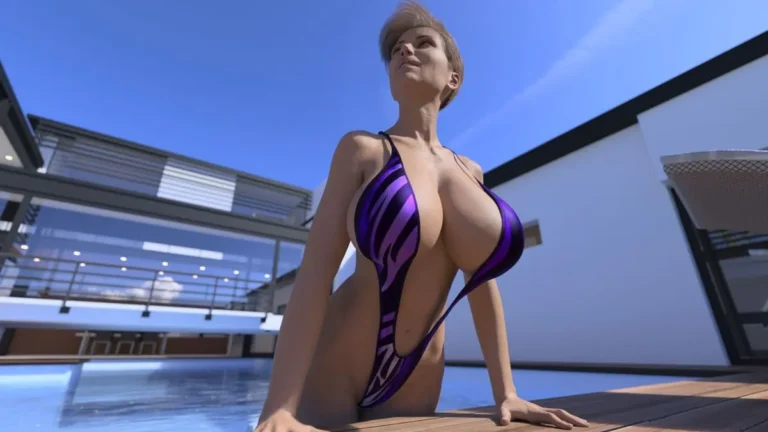
Developer: Stiglet

Developer: MoolahMilk
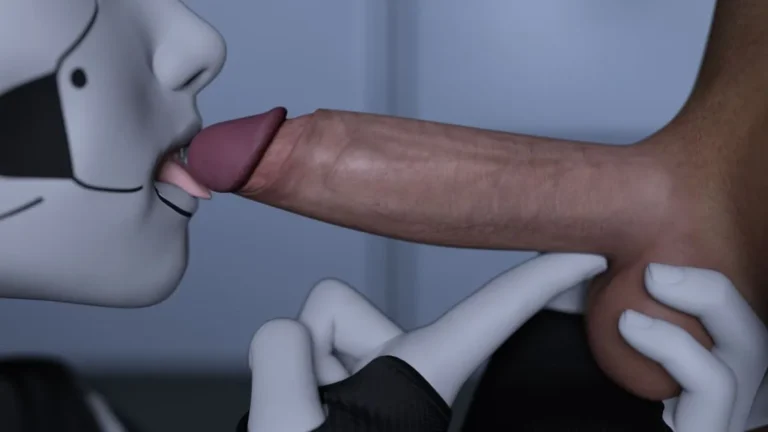
Developer: Classy Lemon
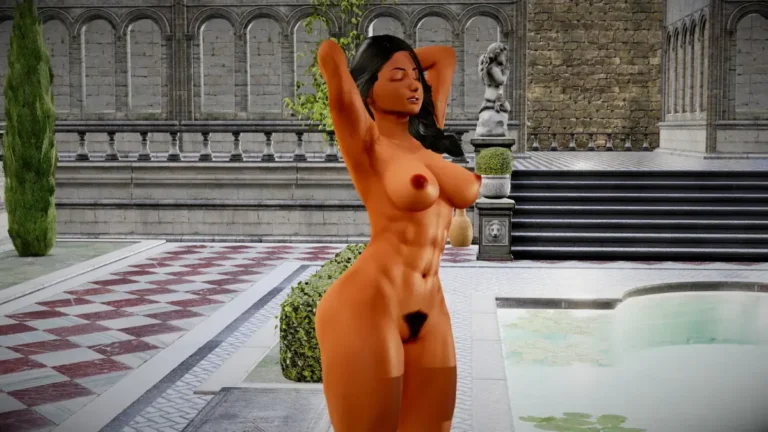
Developer: Vander
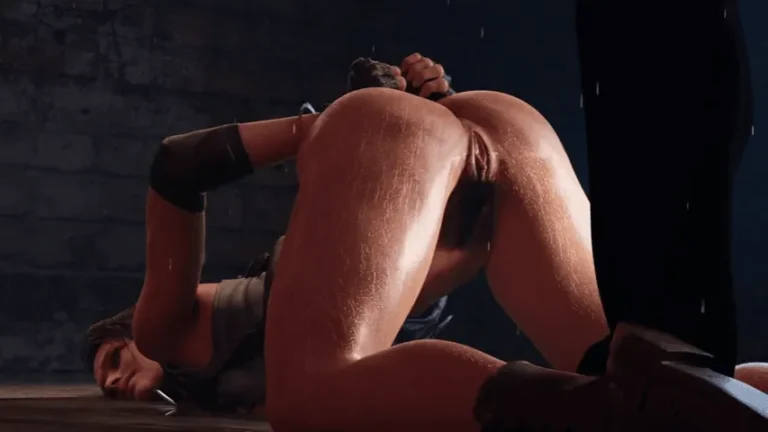
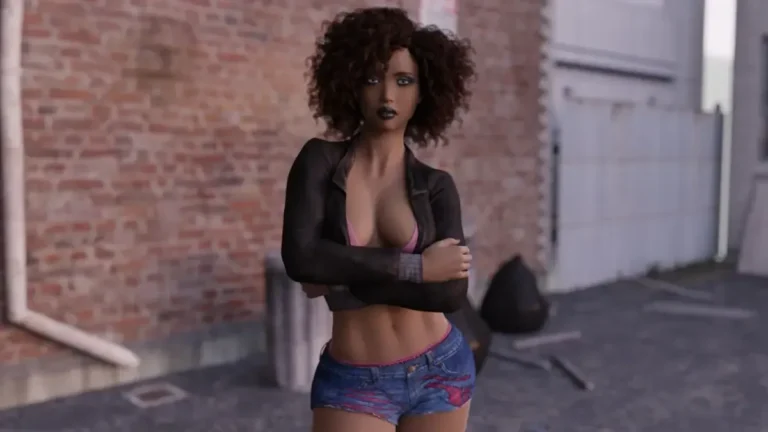
Developer: Frozen Synapse

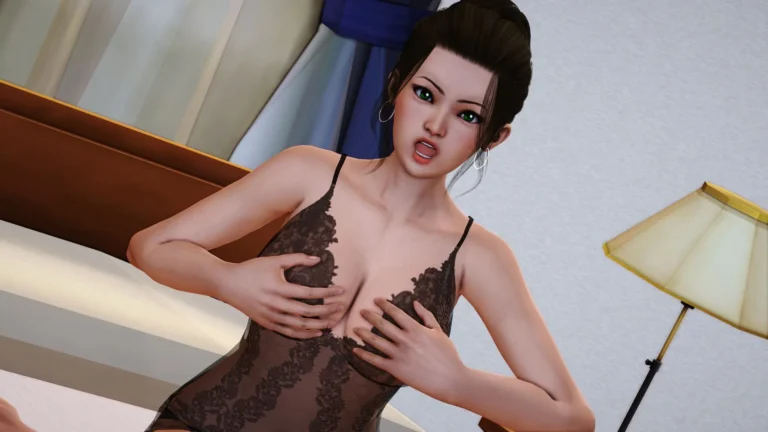
Developer: Kuggazer
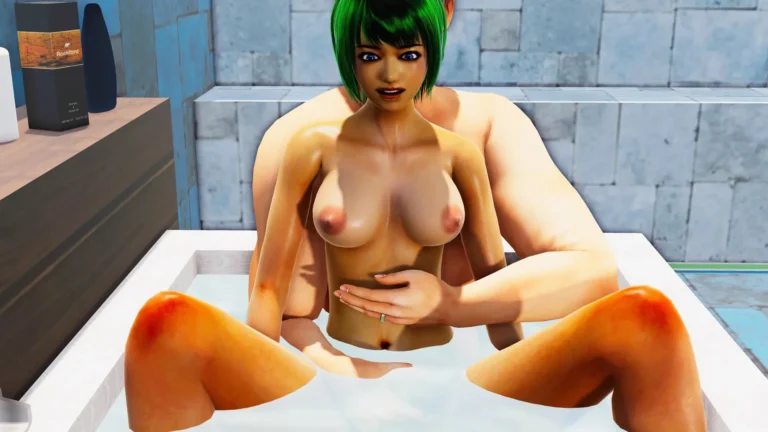
Developer: BlueCat
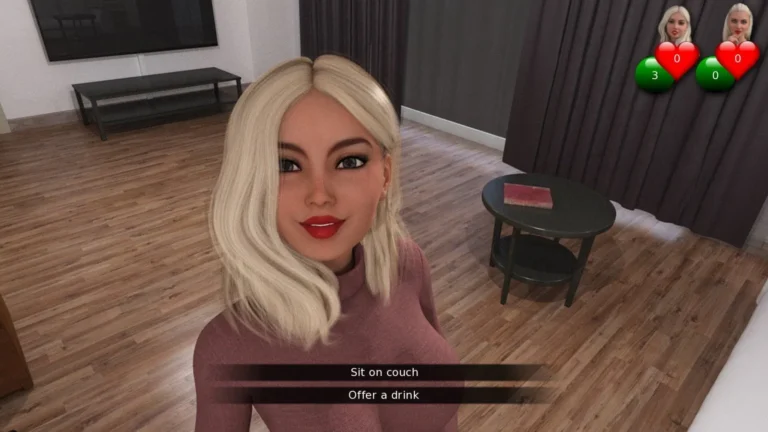
Developer: Pandelo
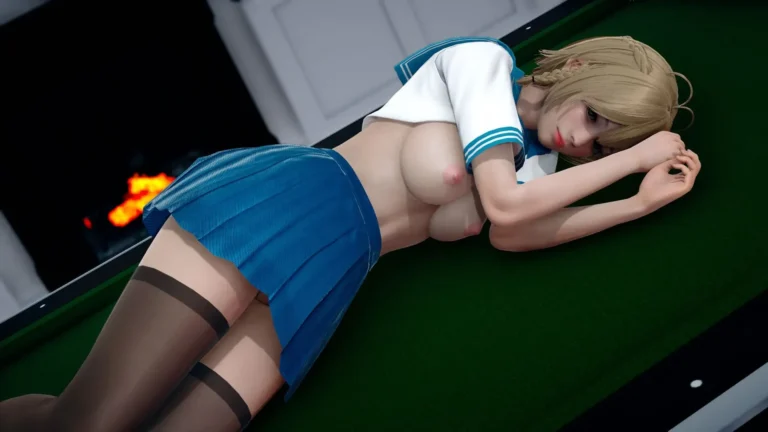
Developer: NiiChan

Developer: DecentMonkey

Developer: Phoenix Kinkoid

Developer: MrStrangelove
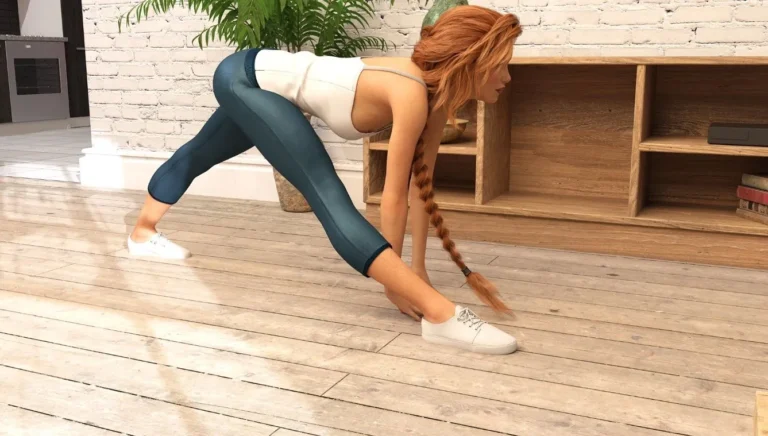
Developer: Viitgames
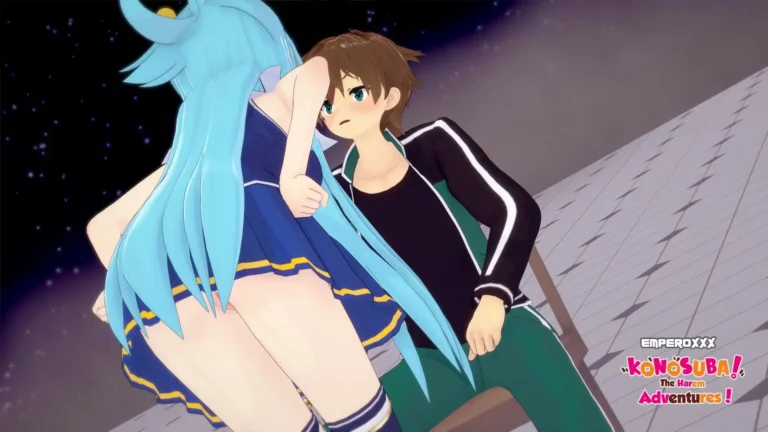
Developer: EmperoXXX Anime
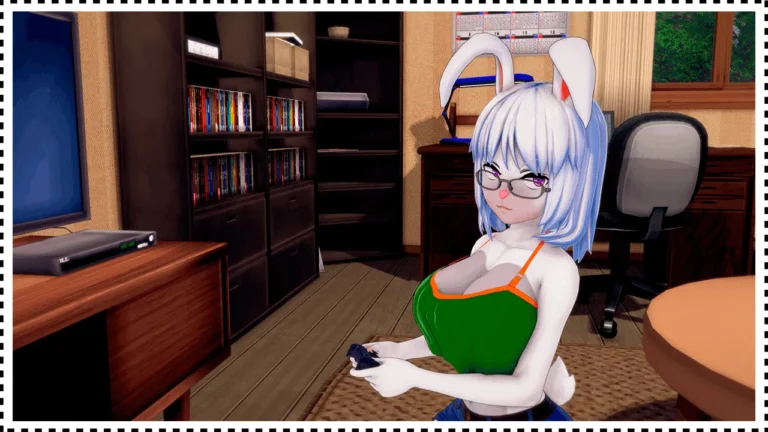
Developer: MrDracosaurus
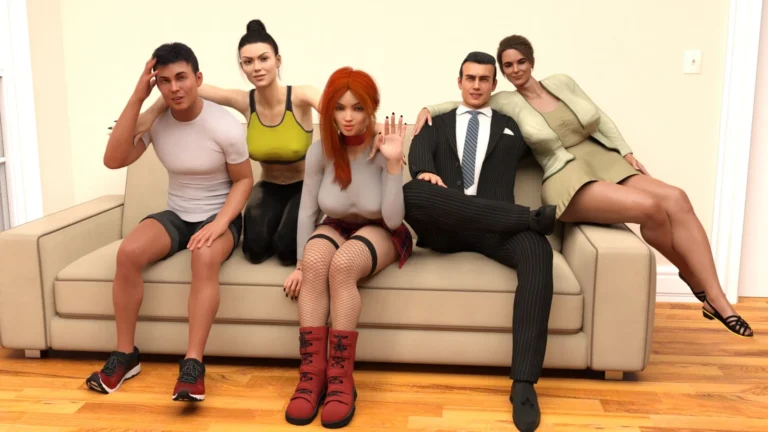
Developer: HRelease
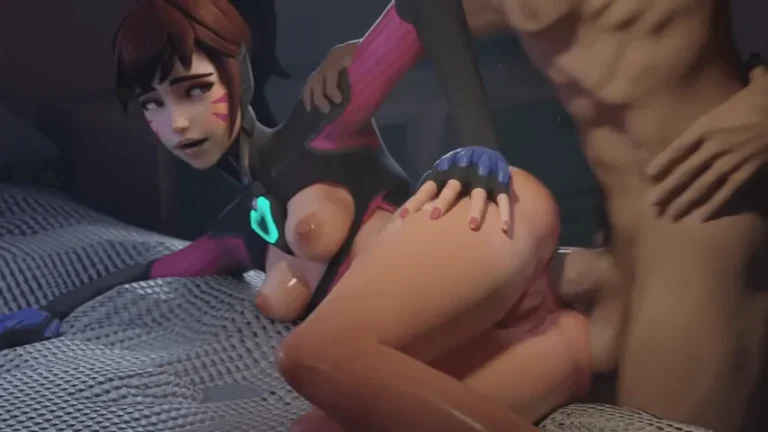
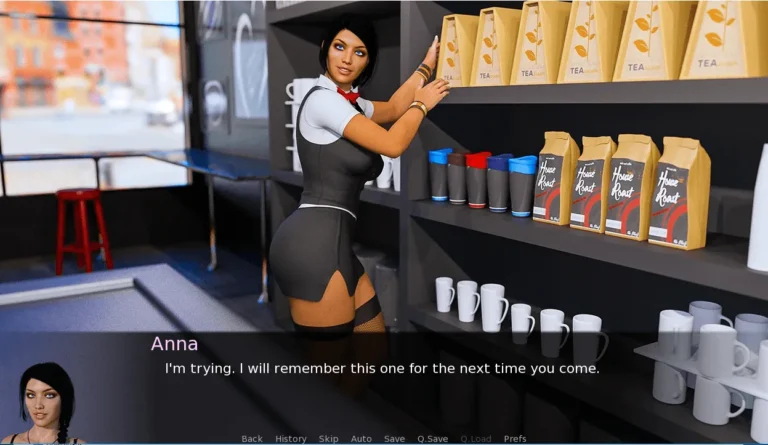
Developer: osmcuser132
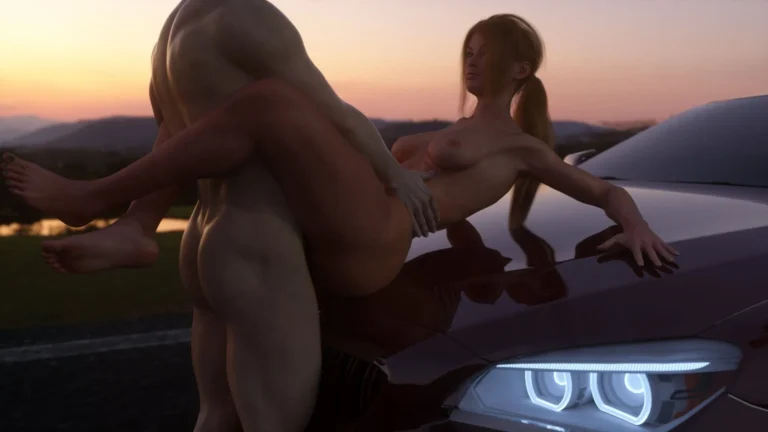
Developer: 1Thousand
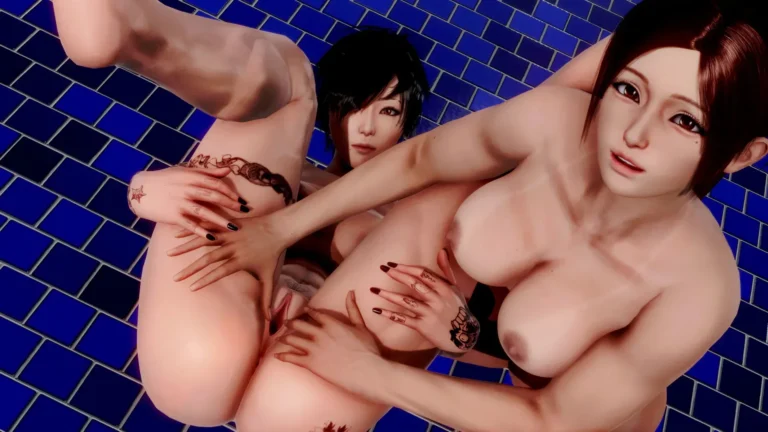
Developer: Lykanz
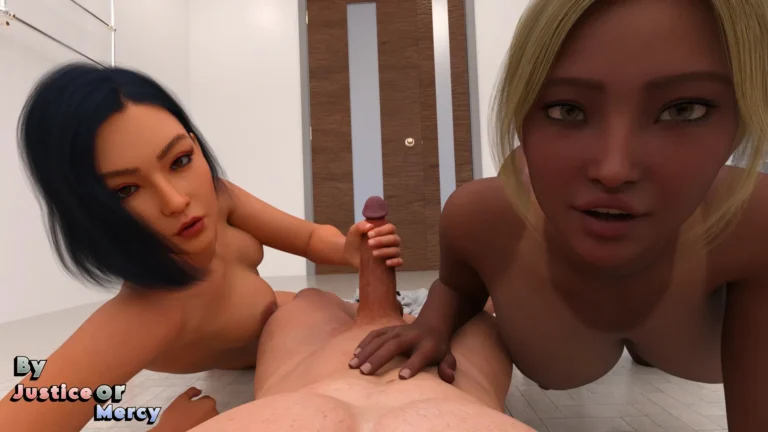
Developer: TowerBoyGames
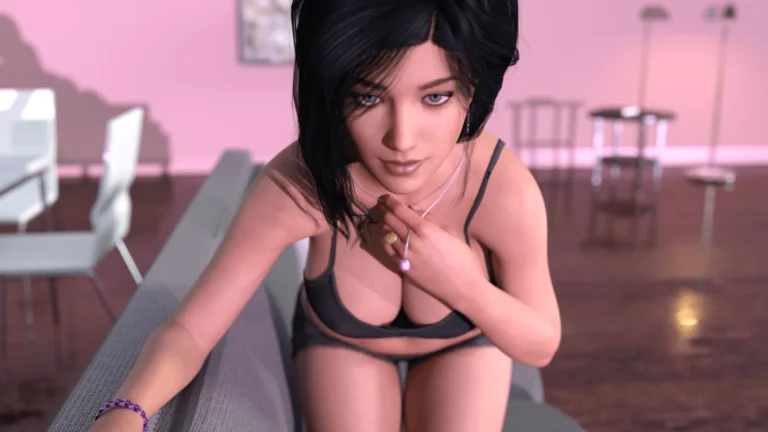
Developer: FFCreations
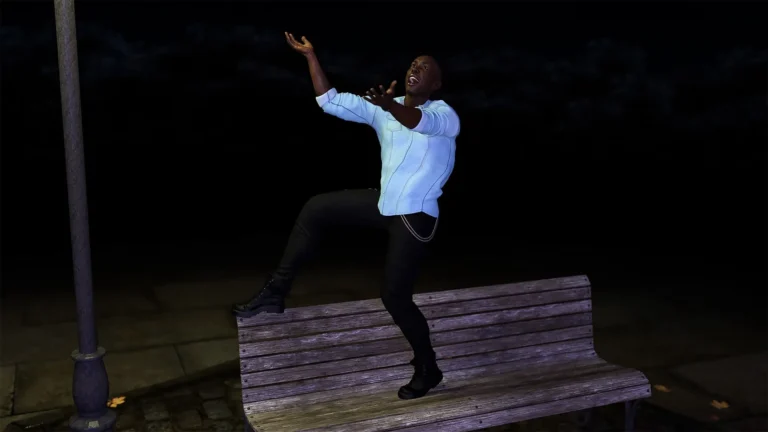
Developer: DrPinkCake
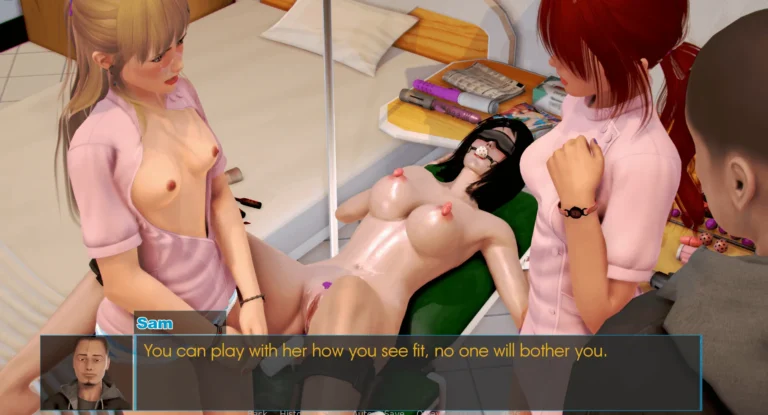
Developer: AdventAnyx

Developer: NeonGhosts
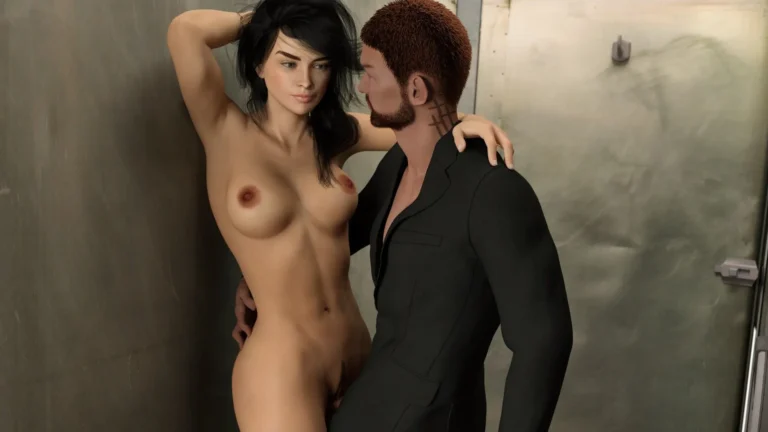
Developer: Mr Jet


Developer: Lewdlab
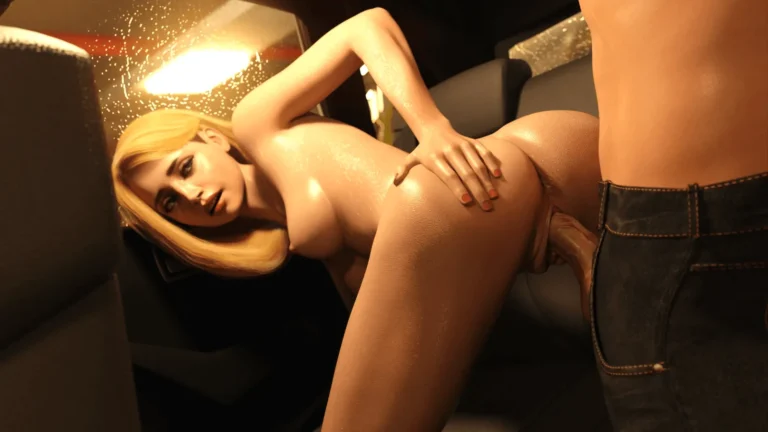
Developer: Moochie
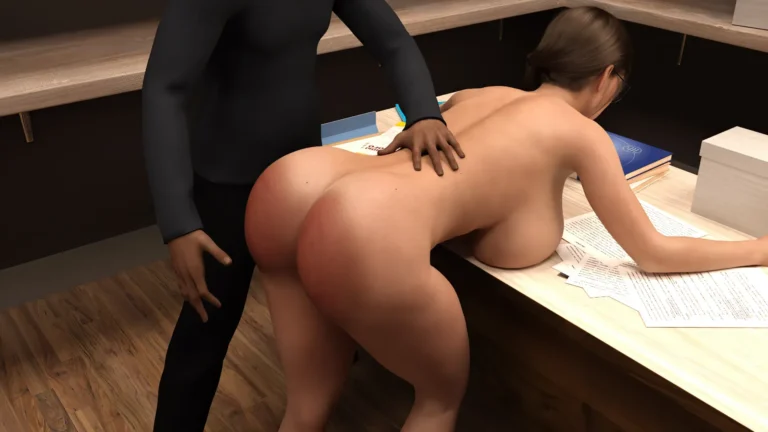
Developer: Damaged Coda

Developer: Dokiden

Developer: Mr Dots Games
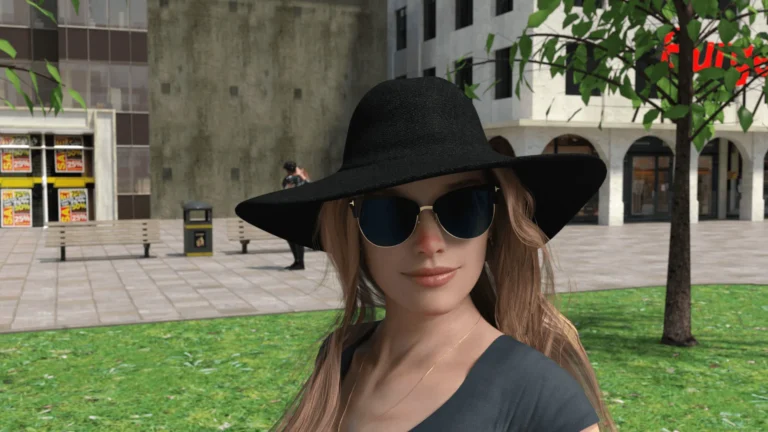
Developer: badtimetales
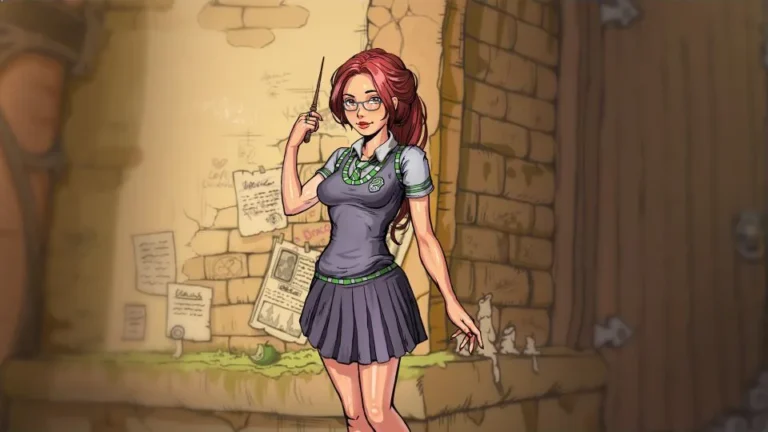
Developer: Sad Crab

Developer: Candy.ai
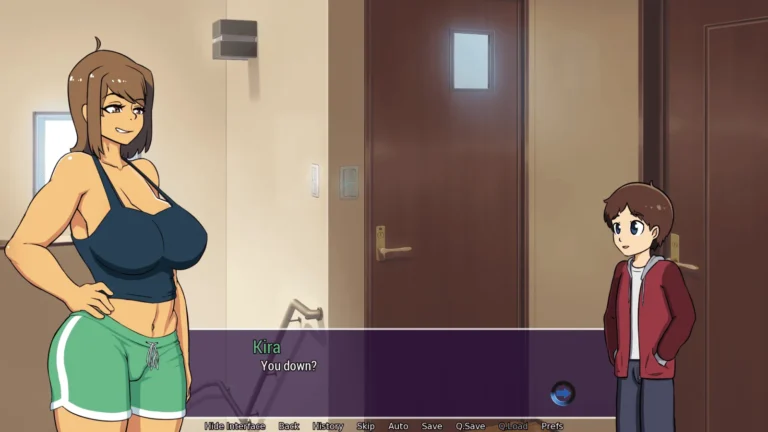
Developer: Sex Curse Studio
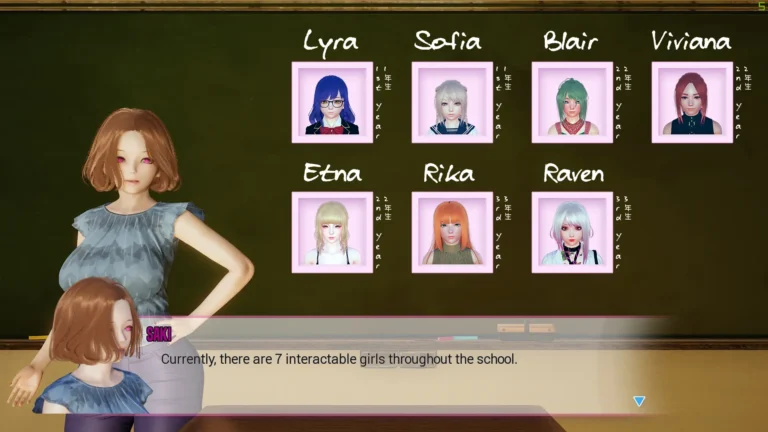
Developer: Chrys
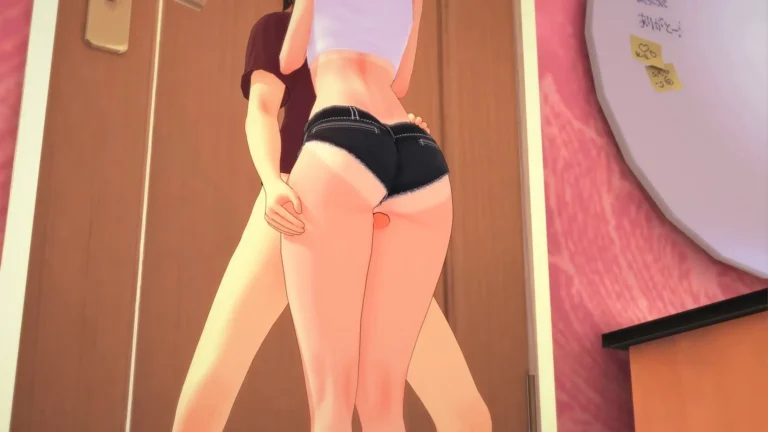
Developer: HirumaY
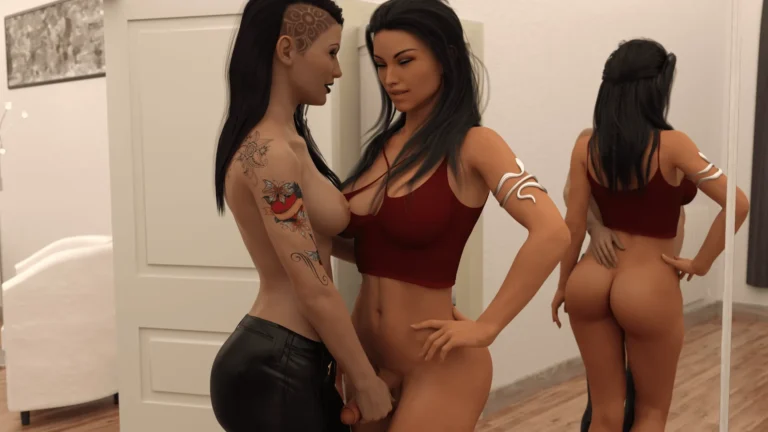
Developer: Morally Purple
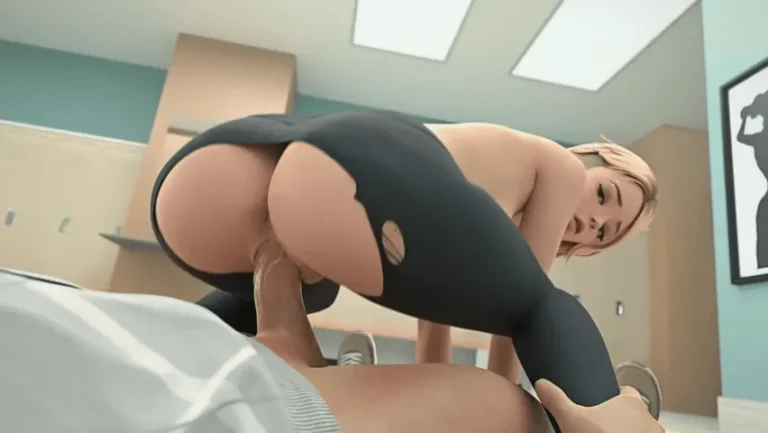
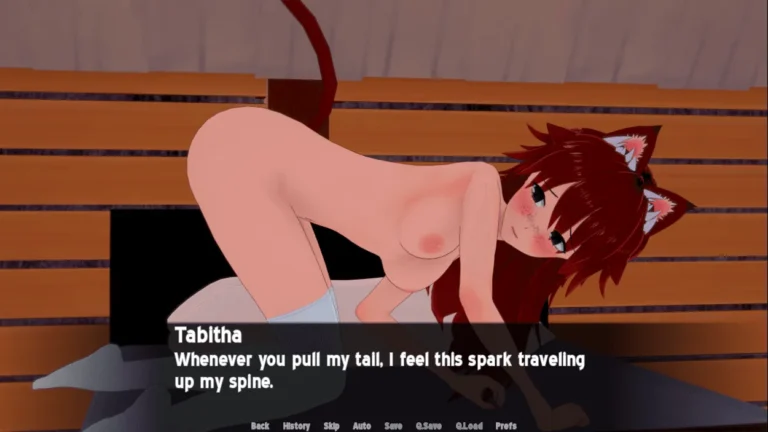
Developer: arcaos
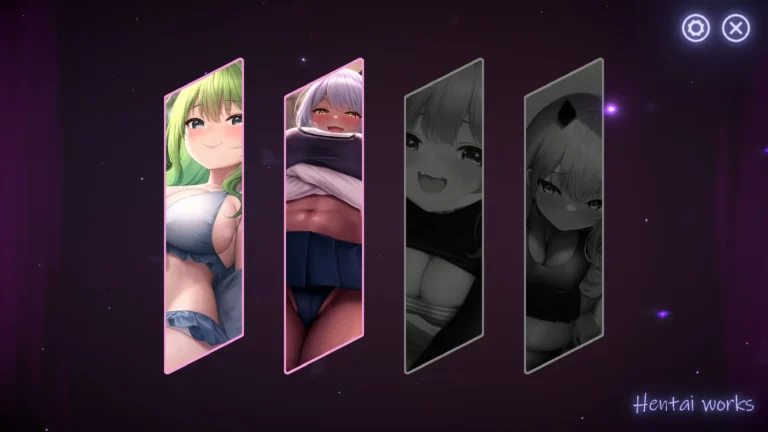
Developer: Hentai works
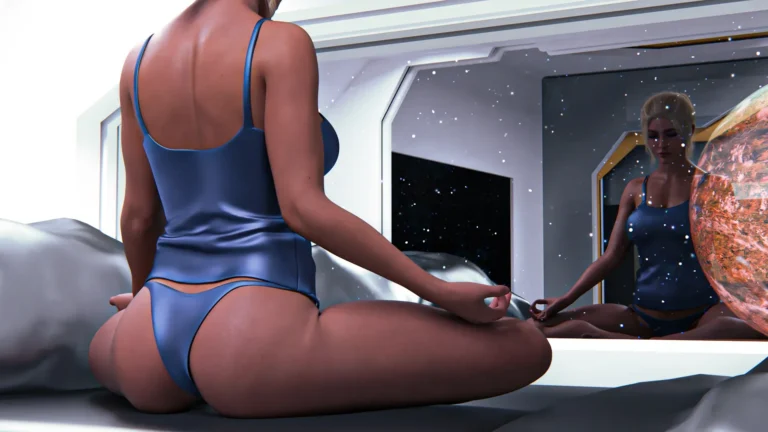
Developer: Gallant Trombe
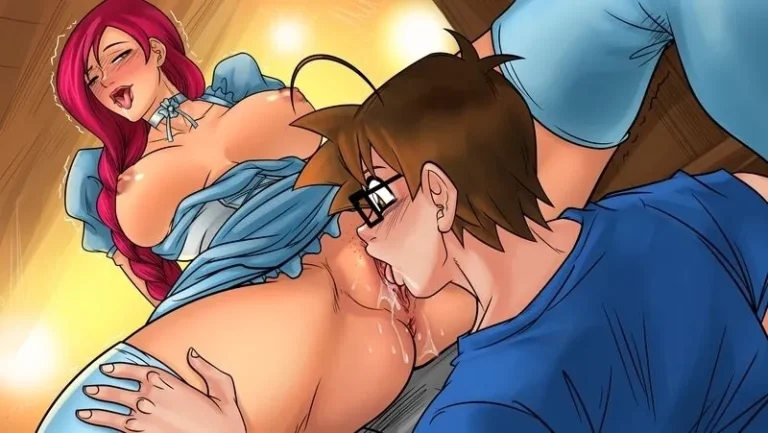
Developer: KinkoidStudio

Developer: MoonBox

Developer: Meorless
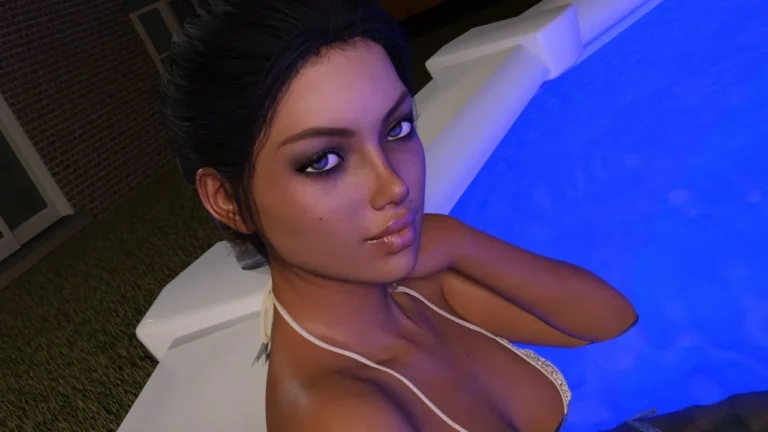
Developer: RAinces
The niche of foot-focused adult gaming has evolved significantly, blending intricate storytelling with specialized interaction systems. This exploration reveals how developers create immersive experiences through podophilic elements while maintaining engaging gameplay structures. We’ll examine technical implementations, narrative integration, and player choice dynamics in contemporary titles.
Let’s get real for a second—nobody wants clunky, robotic foot interactions in their games. 🦶💥 That’s where adult game animation systems come in. Think of them as the puppet strings that make every toe wiggle, arch flex, or sole press feel alive. Tools like Blender and Unity’s Humanoid Rig are the secret sauce here.
Take it from my buddy Jake, who tried animating a foot scene using basic keyframes—it looked about as natural as a flamingo doing ballet. 😅 The breakthrough came when he switched to inverse kinematics (IK) systems. These let you define where the foot should go (say, pressing against a surface) while the engine calculates how the joints move naturally. Pair that with motion capture data from actual foot movements, and suddenly, you’ve got animations that even podiatrists would nod at.
Here’s the kicker: blending animations matters. A good animation pipeline mixes idle poses, reactive movements (like twitching or curling), and purposeful actions (strokes, grips) into one seamless flow. Tools like Unity’s Animator Controller let you layer these states, so a foot can transition from “relaxed” to “playful” without players noticing the stitches.
Pro tip: Always test animations in-engine early. What looks smooth in Blender might glitch when physics kick in!
Ever played a game where foot scenes feel as forced as a toddler’s apology? 🙃 That’s why branching foot scene narratives are game-changers. They let choices matter—whether you’re building tension through slow teases or diving into intense scenarios.
Picture this: You’re designing a visual novel where the protagonist’s footplay decisions alter relationships. Using node-based editors like Twine or Ink, you can map out dialogue branches that unlock scenes based on traits like “confidence” or “curiosity.” One path might lead to a shy footsie game under a dinner table, while another escalates to a bold, choreographed routine.
But here’s the trick: weave foot interactions into the story’s DNA. In Sole Survivor (a indie project I consulted on), foot scenes weren’t just “minigames”—they tied into the protagonist’s quest for intimacy. Players unlocked new interactions by finding lotions (which affected skin textures) or completing trust-building conversations. 🗝️
| Tool | Best For | Learning Curve |
|---|---|---|
| Twine | Text-heavy branching | Beginner-friendly |
| Ink | Complex logic | Moderate |
| Yarn Spinner | Unity integration | Steep |
Let’s face it: feet are diverse. 🌍 That’s why customizable foot morphology isn’t just a bonus—it’s a must. Players want to tweak everything from nail polish shades to arch height, and your job is to make that process smoother than a freshly pedicured heel.
Start with texture mapping. Using Substance Painter, you can layer details like calluses, veins, or even temporary tattoos. But the real magic happens with morph targets—sliders that adjust foot shape in real-time. Imagine letting players drag a “toe length” bar or toggle between “stocking-clad” and “barefoot” models with one click.
I once saw a developer waste months hand-sculpting 50 foot variants… only to realize they could’ve used Blender’s shape keys to automate 90% of it. 😬 Don’t be that person. Tools like Unity’s UMA system let players mix-and-match presets, saving you time and sanity.
Nothing kills immersion faster than a foot phasing through a couch like a ghost. 👻 Enter physics-based interaction engines—the tech that makes every stomp, rub, or nudge feel grounded in reality.
Unity’s PhysX and Havok Physics handle collision detection, but the devil’s in the details. For example:
– Adjust friction coefficients so soles grip surfaces differently
– Use soft body physics for realistic flesh deformation
– Add force feedback triggers synced to on-screen actions
In Tactile Tales, a game I beta-tested, the devs used pressure-sensitive triggers (think DualSense controllers) to mimic the resistance of a foot pressing against skin. Players felt the difference between a light brush and a firm squeeze—genius! 🎮
Building a foot-centric game isn’t just coding—it’s choreography. 💃 You’re balancing adult game animation systems, branching foot scene narratives, and customizable foot morphology into one cohesive dance.
Here’s a rough timeline from a project I worked on:
| Phase | Duration | Tasks |
|---|---|---|
| Concept | 2 weeks | Storyboarding, asset lists |
| Prototyping | 4 weeks | Core mechanics, IK tests |
| Production | 12 weeks | Animations, narrative branches |
| Polishing | 3 weeks | Bug fixes, texture optimizations |
The takeaway? Start small. Nail one interaction—a foot slowly sliding up a leg—before scaling up. Use modular assets (reusable toe models, swapable textures) to save time. And always, always playtest with folks who actually care about foot dynamics. Their feedback? Priceless. 👣💎
The technical sophistication behind foot interaction systems demonstrates how niche adult gaming pushes boundaries in animation and player agency. As developers continue innovating with physics engines and narrative algorithms, these experiences offer unexpected insights into human-computer interaction design. Explore these titles through reputable gaming platforms that verify content authenticity.
Have a favorite adult game that's not in our collection? Let us know and we might feature it!
Contact Us